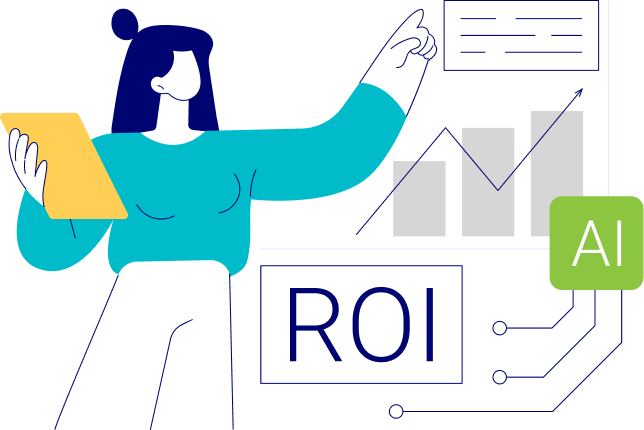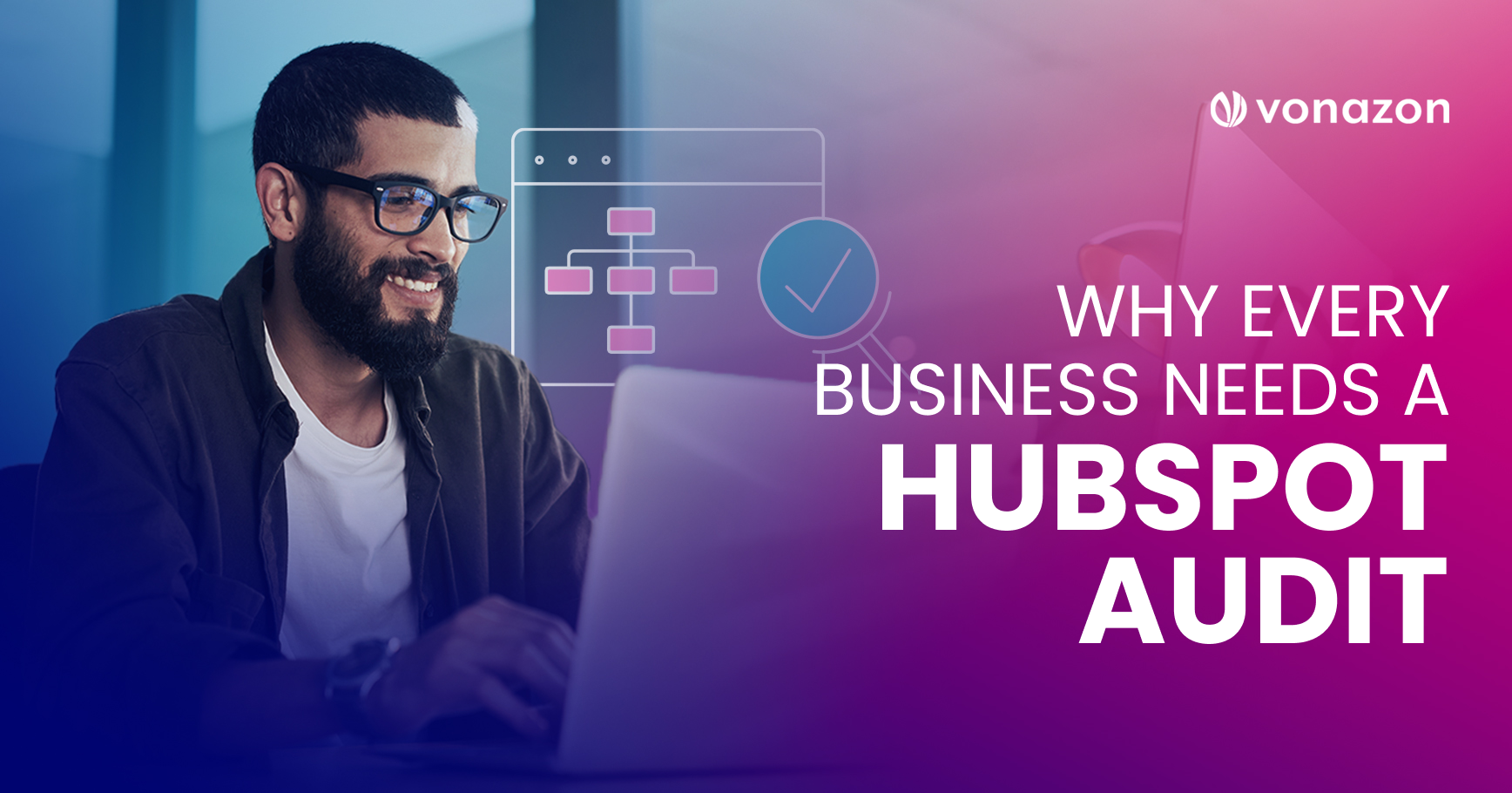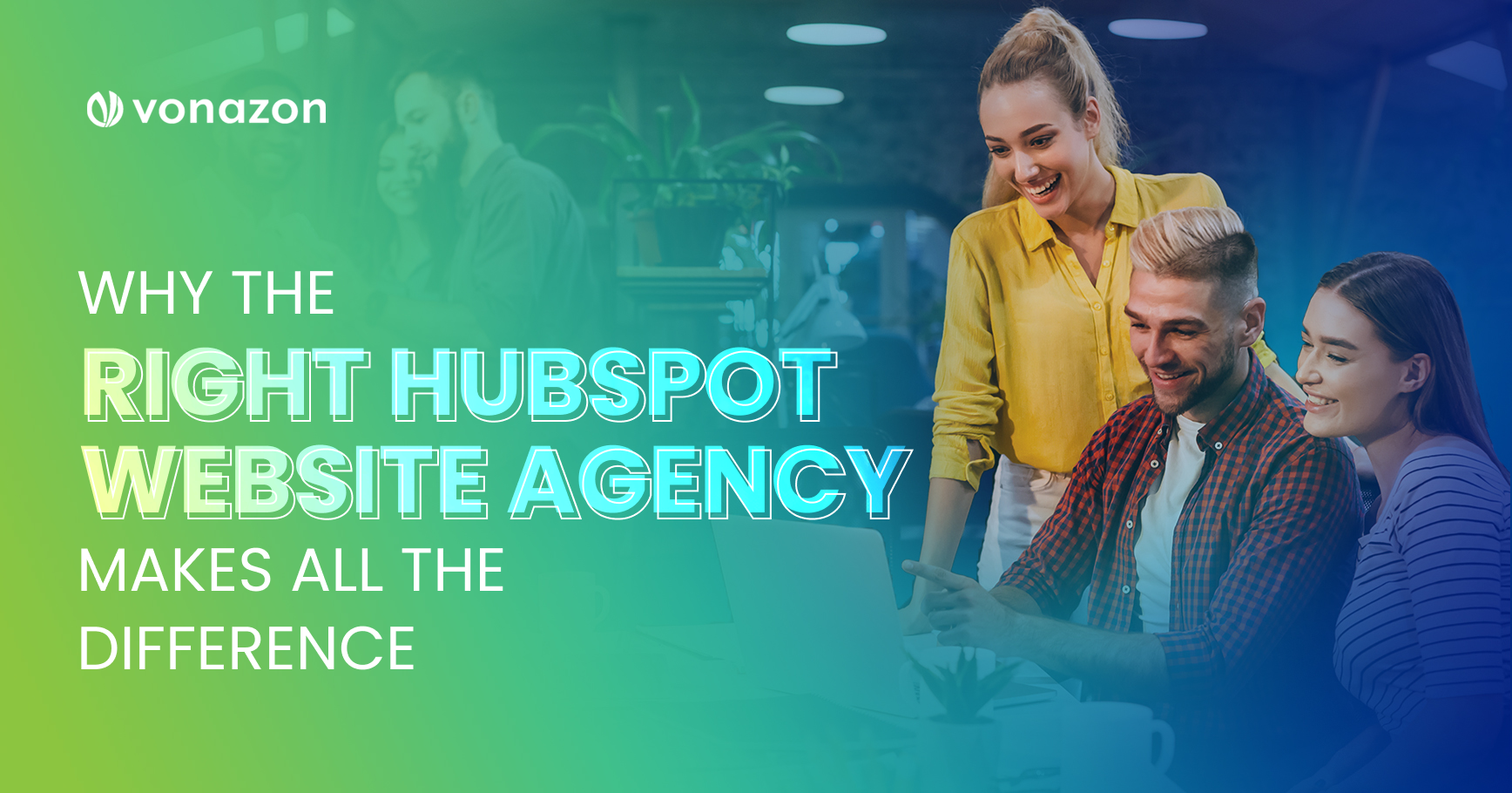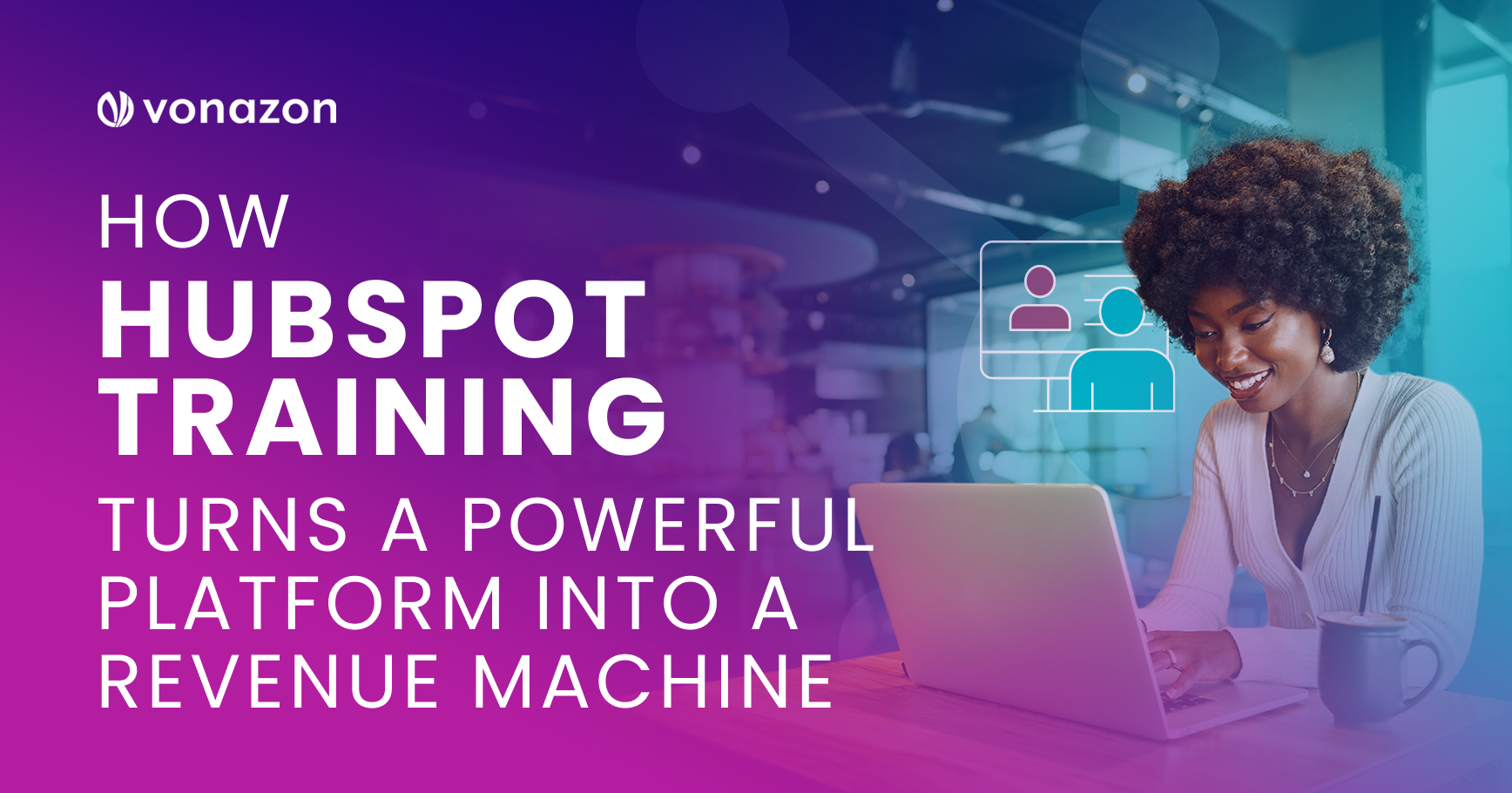How to Use AI for Marketing (And How Not To)
AI has officially passed the hype stage. The smoke and mirrors are gone. What’s left is either a lean, strategic machine, or a duct-taped mess spitting out robotic sludge and misfiring emails.
At Vonazon, we’ve seen both. Brands using AI for marketing in ways that accelerate growth, scale content, and sharpen targeting. As well as others who treat ChatGPT like a vending machine and wonder why conversions flatline.
So, let’s break it down. If you’re exploring how to bring AI into your marketing mix, or trying to make your current setup work smarter, here’s what to know before you plug in the next tool or hit “generate.”
The Right Way to Use AI in Marketing
Start With Strategy, Not Software
Just because a tool can do something doesn’t mean it should. AI doesn’t replace marketing strategy, it just amplifies whatever you give it.
Want better email performance? Great. But what’s your segmentation strategy? How clean is your CRM? Feeding broken data into AI tools doesn’t make it smarter, it just creates a mess faster.
Start by defining your goals. Are you trying to scale personalized emails across different segments? Improve the accuracy of your ad targeting? Identify high-intent leads before your competitors do? Getting clear on what you’re aiming to accomplish gives AI a real, measurable job to do.
Once you’ve nailed down those objectives, then you can plug in AI with intention. But don’t expect the tool to build the strategy for you. It won’t. The ones that claim they can are usually guessing – repackaging someone else’s success story and hoping it sticks.
Use AI for Content Marketing, But Keep a Human in the Loop
AI-generated content has come a long way. Tools like Jasper, Copy.ai, and yes, even ChatGPT can draft blog posts, product descriptions, or ad copy faster than most teams can schedule a brainstorm.
But here’s the catch, AI isn’t great at originality. Or nuance. Or understanding the weird little corners of your brand voice that make you you.
That’s where the human marketer still reigns. AI can help you:
#1
Generate rough drafts for blog posts
#2
Turn transcripts into social posts
#3
Repurpose pillar content across platforms
But let a real person polish, structure, and validate it. Google’s Helpful Content Update made it clear: low-value, repetitive AI junk gets buried in rankings. And audiences have sharpened up, and can spot lazy AI copy a mile away.
If you aren’t ensuring the human touch is fine-tuning your content, your competitors likely are, as 71% of marketers who use AI for content still require human editing before publishing.
Use AI Marketing Tools for Pattern Recognition, Not Decision-Making
Predictive analytics, customer behavior modeling, and lead scoring are places where AI marketing tools shine, because they’re good at identifying patterns that humans either miss or take hours to find.
Take lead scoring for example: AI can analyze behaviors (email clicks, site visits, time on page) and tell you which leads are most likely to convert. But should you automatically hand those leads off to sales without context? Probably not.
AI should inform your decisions, not make them for you. Use it to narrow the list, surface insights, and identify trends. But, let your strategy and experience create the roadmap for what happens next.
Automate Tasks, Not Relationships
AI works great behind the scenes. It can personalize subject lines based on customer behavior, send follow-up emails at just the right moment, and trigger workflows automatically when someone takes action. But what it can’t do, no matter how advanced, is automate empathy.
If your AI sends a “We missed you!” email to someone who just canceled after a terrible customer service experience, you’ve lost the plot. Smart automation isn’t about volume, it’s about context.
At Vonazon, we always recommend reviewing automation sequences quarterly. What made sense three months ago may now be tone-deaf or irrelevant. Use AI to scale, but audit your flows like there’s a real person on the other side. Because there is.
How NOT to Use AI for Marketing
Don’t Use AI to Write Your Entire Website
Yes, you can ask ChatGPT to write 15 service pages in under a minute. No, that does not mean it’s a good idea.
Why? Simply put – generic, AI-generated copy lacks competitive differentiation, can miss your brand voice entirely, and often reads like someone trying to hit a word count in a high school essay.
Even worse, it can backfire on SEO. Search engines can devalue sites filled with duplicate or low-quality content, especially if it lacks authority or relevance.
If you wouldn’t copy a competitor’s website and change the nouns, don’t let AI do it either. Use it for structure and inspiration. Let your voice do the rest.
Don’t Treat AI Like a Replacement for Research
As of now, AI tools don’t know anything. They synthesize patterns from existing data. They can’t tell if a stat is outdated, if a trend is still valid, or if the source is credible.
Of marketers said they discovered factual errors in AI-generated outputs at least once per week.
If you’re writing about regulatory changes, market forecasts, or industry-specific insights, AI can’t replace your research. Always verify. Always cite real sources. Otherwise, you risk eroding trust – and possibly even legal issues, depending on what you get wrong.
Don’t Skip the Ethics Conversation
The temptation is real: why pay a copywriter when AI can write ten emails before lunch?
But if you’re using AI without disclosing it (internally or externally) you’re playing a risky game. Consider how are you sourcing your training data? Are you respecting user privacy when feeding customer information into predictive models? And are your AI-generated personas unintentionally reinforcing outdated or harmful stereotypes?
Ethical AI marketing isn’t a buzzword. It’s the foundation for building trust in an increasingly skeptical landscape, and the smartest way to make sure your strategy holds up long-term.
Don’t Let AI Metrics Define Success
So your AI-generated newsletter has a 48% open rate. Fantastic. But, did anyone buy? Click? Talk about it?
AI marketing tools can create beautiful reports. But if you’re only tracking surface metrics, you’re missing the big picture.

The real ROI of AI marketing is found in:
- Lifetime customer value
- Reduced acquisition costs
- Faster sales cycles
- Lower churn
If you’re not connecting the dots from AI outputs to actual outcomes, then all you’ve done is add another layer of tech to babysit.
AI is a Power Tool, Use It Like One
AI for marketing is here to stay. But it’s not a shortcut. It’s not a silver bullet. And it’s definitely not a get-out-of-strategy-free card.
Used correctly, AI can help you scale smartly, personalize more deeply, and operate more efficiently. Used poorly, it creates a façade of productivity while quietly eroding your brand from the inside out.
If you’re unsure where to start, or if your current AI tools are producing more noise than value, Vonazon can help. We’ve worked with clients across all industries to integrate AI into their marketing strategies in ways that deliver meaningful results.
We’ll help you find the right tools, set the right goals, and avoid the classic AI marketing mistakes. Because in 2025, it’s not about whether you’re using AI, it’s about how well you’re using it.

Get in touch for a free consultation.
We’ll help you separate the hype from the high impact.






